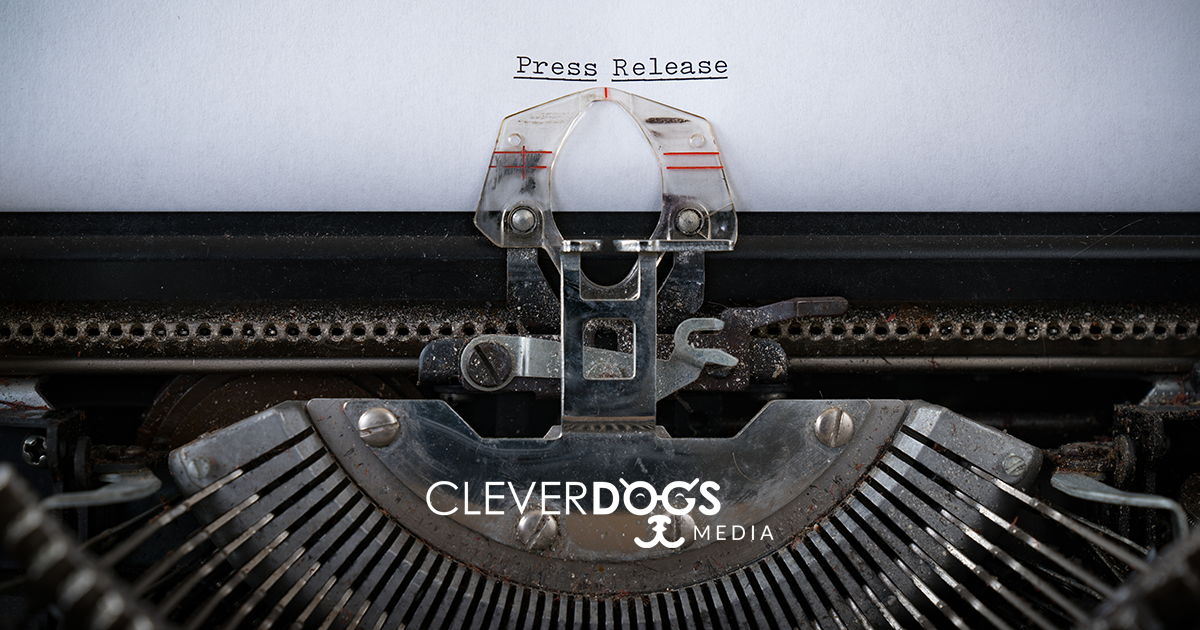Here's the Scoop on Press Releases

Do you have BIG NEWS to tell the world?
Here is the inside story on preparing your press release: "Get it right and keep it tight."
Though social media and corporate websites provide a digital space to post your news announcement, getting one published by a mass media outlet requires attention to the story details and an understanding of how the system works.
Here are some tips that might help:
Answer the 5W's and the H
Your press release should explain the Who, What, When, Where, Why and How. Don't assume everyone knows what your company or organization does, where it is located or when the news takes effect.
Make It Newsworthy
State the WHAT - using an active voice - followed by the WHO in the first sentence. Then explain WHY your announcement is worth reading.
Double Check Your Spelling and Grammar
Your document should follow the generally accepted standards of the English language. If mistakes are not acceptable in your product or service, why would you allow them in communication with your customers or the public? Have three people read the press release before distribution. Use the free software Grammarly and your computer's Spellcheck to find and correct errors. Another helpful resource is "The Elements of Style" by Strunk and White.
Follow the Associated Press Style Guidelines
Do you spell out addresses or abbreviate them? Is it Second Street or 2nd St.? Most newsrooms follow the long-established Associated Press Style Guide, which keeps writing styles consistent and concise. AP editors across the world agree annually on standards for addresses, abbreviations, titles, dates, numerals, etc. and adopt them into their news presentations.
Provide a Separate Image File - and Make It Close
Photographs help tell the story. The higher the quality, the better. Send the photo in a separate, high-resolution image file (.jpeg, .png). It is difficult to "extract" a quality image embedded into a Word document. Pictures of people should be taken close to their faces - not from across the room.
Write For Your Audience
Unless your announcement is being read by an audience well-versed in your industry, it should be written for consumption by the general public. Sadly, the average newspaper subscriber, internet follower or television news viewer reads at a sixth-grade level. Keep your sentences simple and avoid flowery language.
Use a Dictionary, Not a Thesaurus
Avoid using complicated words or "similar options" from a Thesaurus list. Use the correct word, which is not always the one that Roget recommends. For example, if you write: "Our sales team has earned great notoriety for their work", you have assaulted their character. The definition of "notoriety" is being famous or well-known for some bad quality or deed.
Keep the Headline Under 70 Characters
Making your release Google-friendly helps it get noticed on the search engine and more easily shared. One trick is to have a concise, keyword-focused headline that appears in the metadata. Google and other search engines truncate headlines at 70 characters. Research also shows that shorter headlines more often grab a reader's attention.
Send the Release to the Right Person
Before distributing your news release, research the correct email addresses for your media list. Most news organizations have a designated place on their websites or specific email address for submitting press releases. Most newsrooms have a designated person to triage press releases and forward them to a reporter or editor. You might consider following up on your submission with a telephone call or email to see if the news outlet received your news release or if they have any questions.
Avoid Monday Submissions
Newsrooms are generally swamped on Mondays. Fridays are extraordinarily busy, too. Unless your news is time-sensitive, sending a press release mid-week might improve your chances of getting it considered for publication.
Be Prepared for a Rewrite
Reporters and editors are paid to write for relevance, impact and readability. Your press release is a starting point for editors, who are prioritizing the news for the day (or at that hour). They may condense it or assign a reporter for more in-depth coverage. Lots of factors go into final versions of stories and where they are placed on the newspaper, website or telecast. Don't be discouraged if the final version looks a little different from your news release.
Follow Up With a Story Pitch
If your news has the potential for a significant impact on your community (adding jobs, implementing a much-needed social program), you should reach out to the media's primary news contact - usually listed on their website. Schedule a meeting to provide greater details. Reporters are always looking for good stories. However, you should understand that your news competes with many other announcements on a given day. Don't get discouraged if it does not get big play. Your next news release might get more attention.
Having a process for creating news releases and their distribution should be part of your company or organization's marketing and communications plan. If you have questions about how best to get your news covered, reach out to your local media outlets and ask what works best for them.
Jeff Owen fielded, edited, assigned and published countless news releases and tips for three decades as a daily newspaper editor and publisher.


